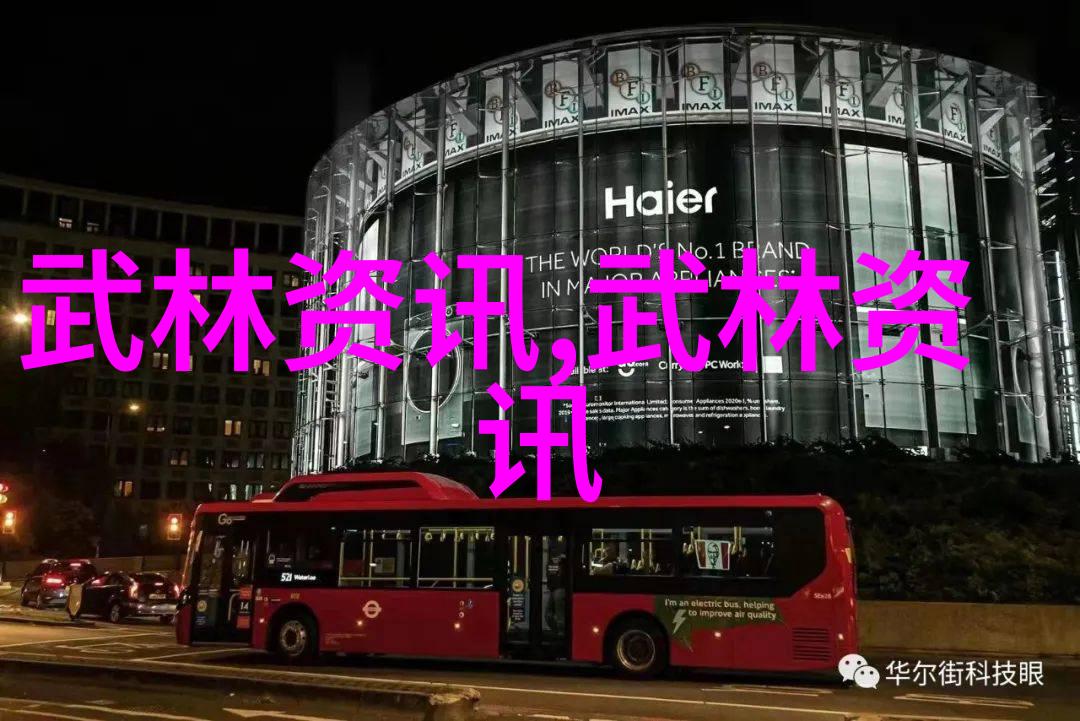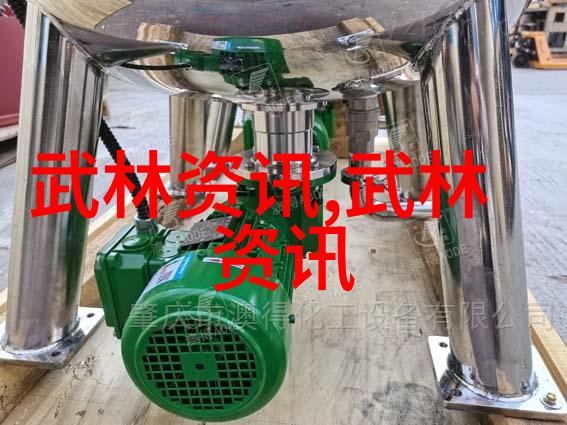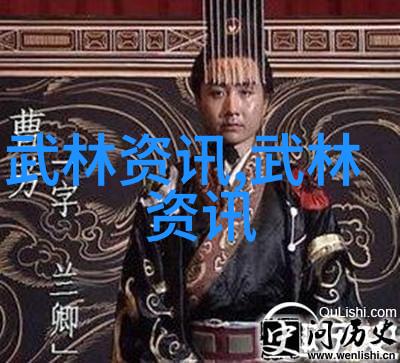

水泊英雄地,梁山义士天。梁山自古就是群雄啸聚之地,当梁山一百单八将及弟兄,个个武艺高强,独具特色。因此,梁山拳功不仅有古水泊传统拳,而且也有少林拳、武当拳、峨嵋拳等等,集众家所长,规范发展,千锤百炼而成。

梁山拳功现在较普遍流行的有:燕青拳、子午门功夫、少林拳、梅花拳、佛汉拳、洪拳(又分大洪、中洪、小洪)、二郎拳、高手秘笈、三步架、大刀法等等。
燕青 punches, also known as Secret Shadow Fist, originated from the Tang Dynasty and was developed by Lu Junyi, a hero of the Song Dynasty. The 15th generation master, Liu Hongyuan, was a renowned martial artist in the Qing and early Republican eras. He once fought with his gun stuck in his stomach during an arm-wrestling match in Dingtang Village, which became a legendary story.

Yanqing Quan emphasizes waist and leg techniques, footwork is solid, stance is upright, power is sufficient. It features unique eye-leg coordination - eyes focus on one point while covering eight directions to assist body techniques and force; legs require strength and fullness with clean cuts. The skills include upper limb movements like slapping, patting and rolling; lower limbs involve jumping, cutting off and entwining.
The content of Yanqing Quan is rich: 1) bare-handed (Secret Shadow Fist & Three Steps), 2) weapon-based (Blue Dragon Sword & Bright Hall Saber), 3) partner training; 4) hard work (iron barrel & iron sand fists); 5) medical health practices for preventing diseases and prolonging life.

After liberation Yanqing Quan became part of China's national martial arts performances and competitions.
Mei Hua Quan originates from the Warring States Period when General Sun Bin founded it at West Mountain near Liangshan Marshes. It focuses on ground practice with emphasis on combat effectiveness. Modern representatives include Master Feng Tianmin from Liangshan Martial Arts Association along with committee members Song Shengxiang & Hou Xianzong as well as members Wang Qingwen et al., mainly distributed across villages such as Ma Zhenyang's village in Qianji Township or Zhang Dai's village in Liangshan Town.

Hongmen fist consists of four styles: Big Hongmen Fist & Little Hongmen Fist among others said to be created by Emperor Taizu Zhao Kuangyin during the Song Dynasty emphasizing hardness & ferocity alongside stability. Mainly practiced within East Lǐ Zhuāng village groupings including Lǚ Xiān Zhuāng’s Hu Tái Miào community groups such as Wáng Lián Pō or Mǎ Yíng Cūn’s Sīn Xìng Cuṭu areas like Dīng Tiáng Zhōu’s Sūn Zhuāngs or Shèng Zhāngs are key locations found throughout rural areas including Xu Jí townships’ Gōu Lǐ Rì area sub-villages within rural communities around Dàiyújù townships' Jīnxìncūn zones through open fields stretching towards places like Kēihuá countryside extending into remote villages under both Rénzhòu township borders close to riverbanks all over this vast landscape where practitioners can find their own unique way amidst uncharted territories - they've cultivated these ancient secrets passed down through generations into various forms that have been shaped over time.
This text has undergone creative changes while maintaining its original meaning but adding more details for better understanding


2025-02-24

2025-02-24

2025-02-24

2025-02-24

2025-02-24

2025-02-24

2025-02-24

2025-02-24

2025-02-24

2025-02-24